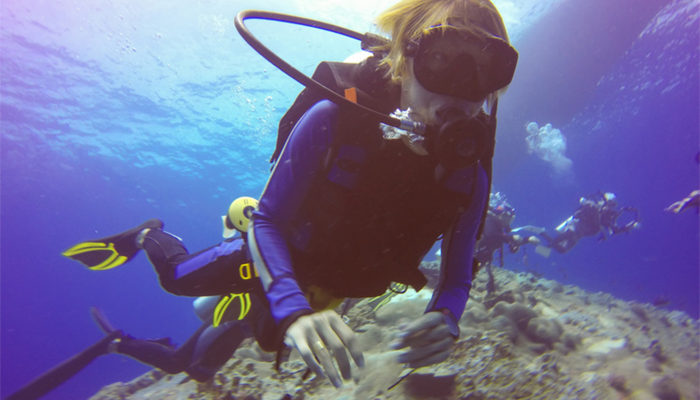Drowning is one of the leading causes of death for children in America. In fact, the US Center for Disease Control and Prevention says that about ten people die from drowning every day. So it makes sense to be prepared when going for a swim with friends or family or when keeping an eye on your children. Thus, it is important to keep you and your family safe while on vacation. Here are 3 ways to stay safe during your next vacation.
Table of Contents
Enter Feet First
Jumping or diving headfirst into shallow water can lead to severe injuries. If you’re planning to spend the day at the pool, make sure your family is aware of their surroundings and understands the proper way to enter and exit the area.
Never Swim Alone
Even the most experienced swimmers shouldn’t go out to sea to swim alone. Not only can you easily get in trouble and become at risk of drowning. Not to mention, it is also more fun when you’re swimming with a buddy. People often think that they’re skilled swimmers and overestimate their abilities by going deeper, further, or longer. They also don’t check the water level or water temperature before diving into lakes, ponds, pools, or the ocean. This can lead to serious head or neck injuries and temperature shocks that can lead to a heart attack.
Always Wear Life Vests
Children of all ages must wear an authentic Coast Guard-certified life jacket whenever they’re near water. While there are plenty of products available on the market, not everything may be suitable for life preservers or saving devices. Make sure to wear life vests and keep your child within arm’s length.
Pay Attention To Your Surroundings
Parents need to relax when they’re on vacation, too. However, when your children are in the water, it is important to always stay alert. One rule of thumb is to be within the arm’s reach of a young child at all times. If you’re the adult in charge of kids swimming or playing in or near the pool, an adult must be present at all times. No phones, no newspapers, or other distractions. After all, a child can drown in the time it takes to reply to a text message. Always be prepared for emergencies because the risks of drowning are all too real. By knowing what to do in advance, you’ll be less likely to panic and act with a clear headspace. Some things to do to help you prepare include frequently scanning the water, locating the lifeguard, knowing how to do CPR, and so on.
Refrain From Risky Games
While swimming or playing in the water, children shouldn’t hold their breath for long periods of time. This can lead to drowning as well as several other major risks. It is important to ensure that children understand the dangers of holding their breath underwater or even staying under for too long. If a swimmer holds their breath or hyperventilates before going in, this can put them at a higher risk of passing out.
Don’t Play The Hero
If you or your child sees someone struggling to keep their head above the water, seek immediate help from the local lifeguard or an experienced adult. It is important to refrain from jumping in the water to help as this can lead to both parties drowning. Instead, follow the YMCA Safety Around Water program that promotes the ’Reach, Throw, & Don’t Go’ method. This technique works by using a long object to pull a struggling swimmer to safety without putting yourself at risk as well.
Avoid the Use of Alcohol And Drugs
While this tip is the most obvious, thousands of lives are put at risk due to alcohol and drug use in the water. Alcohol considerably impairs your judgment, and even your body’s natural ability to keep warm. It is especially dangerous to consume it when supervising kids around pools, lakes, or beaches. Despite having adults around, kids are still at risk of sudden drowning because of the lack of proper monitoring.
Staying safe in the water doesn’t have to be complicated. All it takes is a bit of prep and your family can enjoy a fun-filled vacation.




